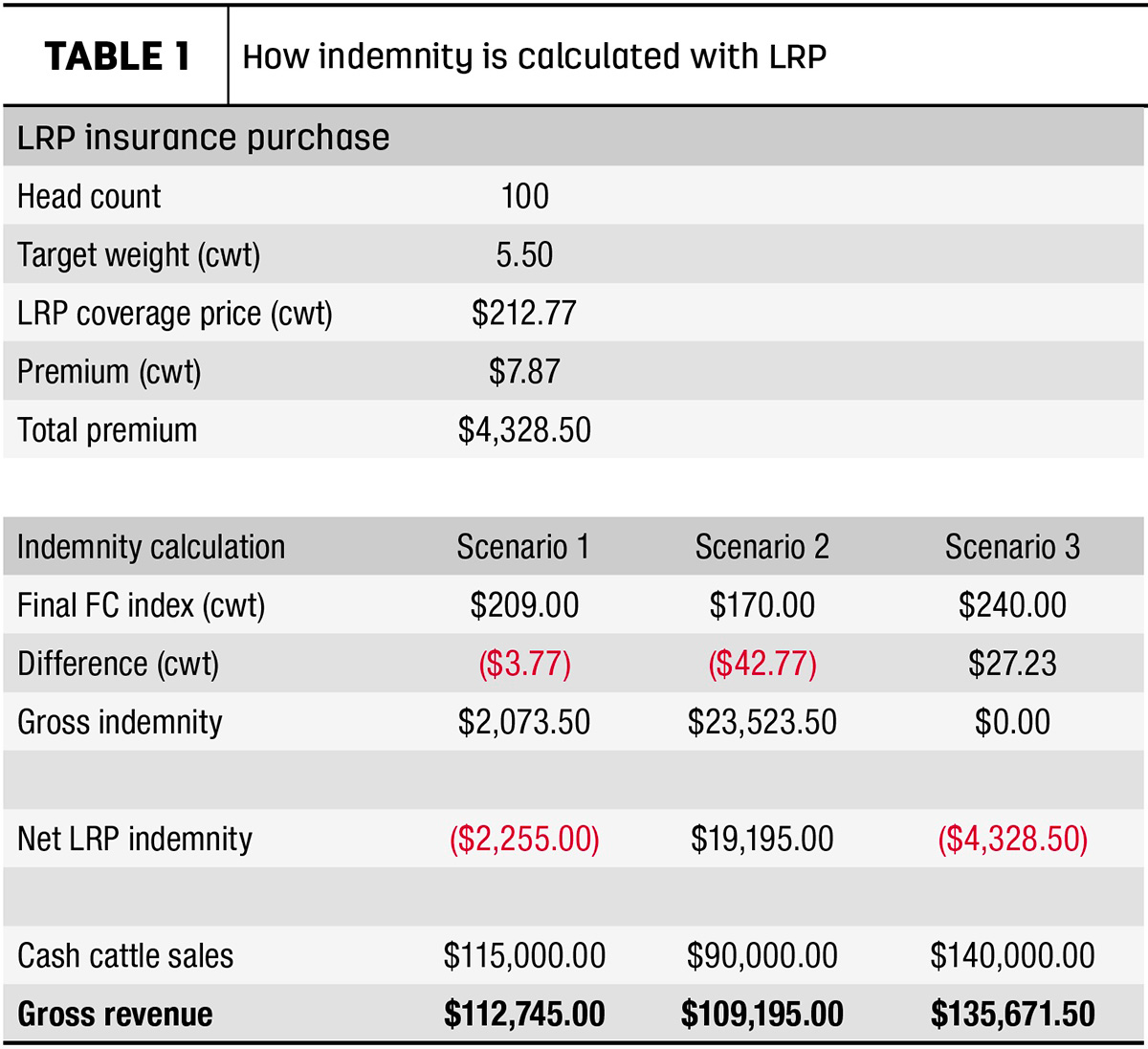Proactive Security: Bagley Risk Management Methods
Proactive Security: Bagley Risk Management Methods
Blog Article
Recognizing Animals Danger Defense (LRP) Insurance: A Comprehensive Guide
Navigating the world of livestock threat protection (LRP) insurance coverage can be a complicated undertaking for many in the agricultural industry. From exactly how LRP insurance policy operates to the various protection options offered, there is much to discover in this detailed guide that could potentially form the means animals manufacturers come close to danger monitoring in their companies.

Exactly How LRP Insurance Coverage Functions
Periodically, recognizing the mechanics of Livestock Danger Defense (LRP) insurance coverage can be complex, yet damaging down how it functions can offer quality for breeders and farmers. LRP insurance is a danger administration device developed to shield livestock producers against unforeseen price declines. The plan allows manufacturers to establish a protection degree based on their details requirements, picking the number of head, weight array, and insurance coverage cost. As soon as the policy remains in place, if market costs fall below the insurance coverage cost, manufacturers can sue for the difference. It's vital to note that LRP insurance policy is not an income warranty; rather, it focuses exclusively on price danger defense. The coverage duration typically ranges from 13 to 52 weeks, giving flexibility for producers to select a period that aligns with their production cycle. By utilizing LRP insurance coverage, breeders and farmers can minimize the economic threats connected with varying market value, ensuring greater stability in their operations.
Qualification and Insurance Coverage Options

When it comes to coverage choices, LRP insurance provides producers the flexibility to pick the coverage degree, coverage duration, and endorsements that ideal fit their danger administration needs. By understanding the qualification standards and insurance coverage choices offered, livestock producers can make educated choices to handle risk effectively.
Benefits And Drawbacks of LRP Insurance
When reviewing Animals Danger Protection (LRP) insurance policy, it is essential for animals producers to weigh the drawbacks and advantages integral in this danger management device.

One of the primary advantages of LRP insurance coverage is its capability to provide security versus a decrease in livestock rates. Furthermore, LRP insurance policy supplies a level of flexibility, enabling manufacturers to personalize insurance coverage degrees and plan periods to match their details demands.
One limitation of LRP insurance is that it does not protect versus all types of threats, such as condition episodes or all-natural calamities. It is crucial for manufacturers to carefully analyze their private threat direct exposure and economic circumstance to figure out if LRP insurance policy is the ideal danger monitoring more helpful hints device for their procedure.
Understanding LRP Insurance Premiums

Tips for Taking Full Advantage Of LRP Conveniences
Making the most of the benefits of Animals Threat Defense (LRP) insurance requires calculated preparation and aggressive threat management - Bagley Risk Management. To take advantage of your LRP protection, take into consideration the adhering to tips:
On A Regular Basis Analyze Market Problems: Stay informed regarding market patterns and cost changes in the livestock market. By monitoring these factors, you can make educated decisions regarding when to buy LRP protection to secure versus prospective losses.
Set Realistic Protection Levels: When selecting insurance coverage degrees, consider your manufacturing costs, market price of animals, and potential dangers - Bagley Risk Management. Establishing reasonable insurance coverage degrees ensures that you are effectively secured without overpaying for unnecessary insurance policy
Expand Your Coverage: Instead of counting exclusively on LRP insurance, consider expanding your danger administration techniques. Combining LRP with various other danger management devices such as futures agreements or options can provide comprehensive protection against market unpredictabilities.
Evaluation and Adjust Insurance Coverage Consistently: As market problems change, occasionally evaluate your LRP coverage to click to read guarantee it lines up with your current risk direct exposure. Readjusting insurance coverage degrees and timing of acquisitions can aid maximize your danger protection strategy. By following these tips, you can make the most of the advantages of LRP insurance coverage and protect your animals operation against unexpected risks.
Conclusion
To conclude, animals risk security (LRP) insurance policy is an important device for farmers to take care of the economic threats connected with their animals procedures. By understanding exactly how LRP functions, eligibility and protection alternatives, as well as the advantages and disadvantages of this insurance, farmers can make educated choices to shield their incomes. By meticulously considering LRP premiums and carrying out methods to make the most of advantages, farmers can minimize potential losses and guarantee the sustainability of their operations.
Animals manufacturers interested in getting Animals Risk Security (LRP) insurance policy can explore an array of eligibility requirements and insurance coverage alternatives tailored to their specific livestock operations.When it comes to insurance coverage options, LRP insurance policy provides manufacturers the adaptability to pick the coverage level, protection period, and recommendations that finest suit their risk monitoring requirements.To understand the ins and outs of Livestock Danger Protection (LRP) insurance policy fully, understanding the elements influencing LRP insurance premiums is important. LRP insurance coverage premiums are established by numerous aspects, including the coverage degree selected, the expected rate of animals at the end of the protection period, the kind of livestock being insured, and the Get the facts size of the protection period.Testimonial and Change Coverage Routinely: As market problems alter, regularly evaluate your LRP coverage to ensure it straightens with your present risk direct exposure.
Report this page